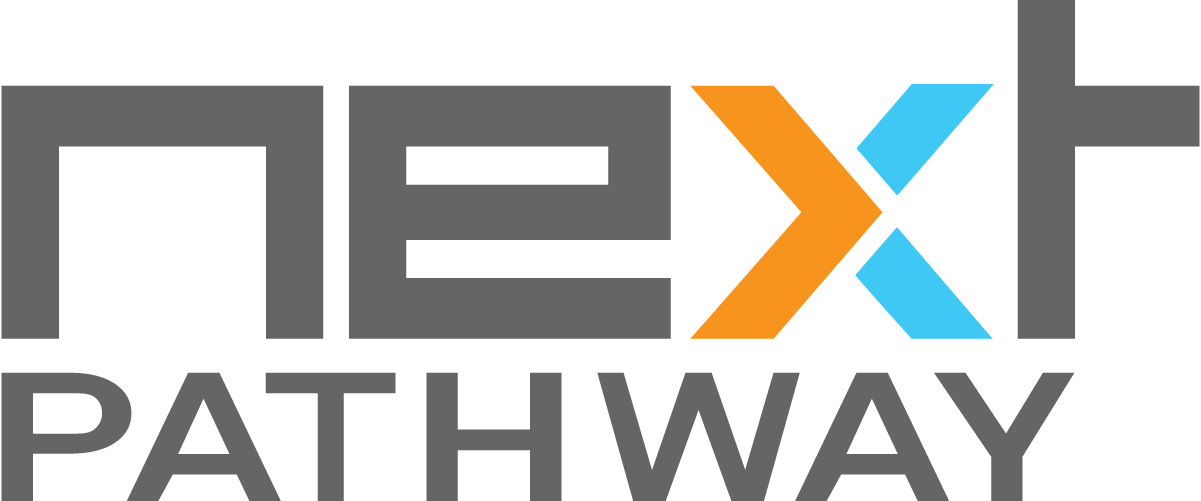End to End Planning:
Moving or migrating legacy ETL pipelines to the cloud can take many forms with varying degrees of complexity. These can range from simply repointing ETLs to the Cloud to transforming ETLs into modern Cloud Data Platforms. No matter the approach, it is critical to plan end to end, making sure there is a strong architectural understanding and approach to moving from legacy systems to the cloud. Planning is essential, and testing the end-to-end approach is the best way to ensure you have designed a well-thought-out migration path, choosing the right tools and technology ensures both accuracy and performance once an ETL lands in your cloud target. It is strongly recommended to conduct a proof of concept or a ‘Wave 0’ approach – to ensure the efficiency of the end-to-end plan. End to end is also about having a deep understanding of both legacy technology, the tools to convert/translate or migrate ETL code to target and to ensure the benefits of moving to the cloud are recognized.
Optimize your Team:
Given the mixture of old and new technology, the introduction of modern ETL Cloud migration tools and cloud platforms, ETL migrations require a wide range of technical skill sets and leadership. It is important to understand, how deep knowledge of legacy technologies or the lack thereof can have a serious impact on ETL migrations. It is not just about the cloud and modern programming languages, but about how older code can be effectively translated and transformed to cloud targets – maintaining accuracy and performance. Leadership and project management will need to spend a lot of time with engineers mapping out the end-to-end cloud migration, and making sure critical gaps are identified and resolved as early as possible. Finally, leaders should not underestimate the challenge of finding skilled engineers for both legacy and cloud and making sure the project team is well invested in the end-to-end process.
Checkout: ETL Migration Guide
Testing, Testing, Testing:
It is no surprise that quality of testing is a key consideration when moving ETLs to the Cloud. As previously mentioned a proof of concept or ‘Wave 0’ test runs are extremely important as it proves the efficiency of the migration approach and lays the basis for the test strategy overall. In general, testing automation should be deployed and focused around Unit Testing, Systems Integration Testing and User Acceptance Testing. A key underlying consideration is setting up test environments that reflect production environments to the greatest degree possible. In complex migrations, particularly with older source technology involved, it is easy to miss or omit key test cases reflecting specific conditions and configurations related to how the source and target environments are set up.
About Next Pathway
Next Pathway is the Automated Cloud Migration company. Powered by the SHIFT™ Migration Suite, Next Pathway automates the end-to-end challenges companies experience when migrating applications to the cloud. For more information, please visit nextpathway.com.
Connect with Next Pathway
%20(1)-Mar-07-2022-06-09-35-93-PM.png)
